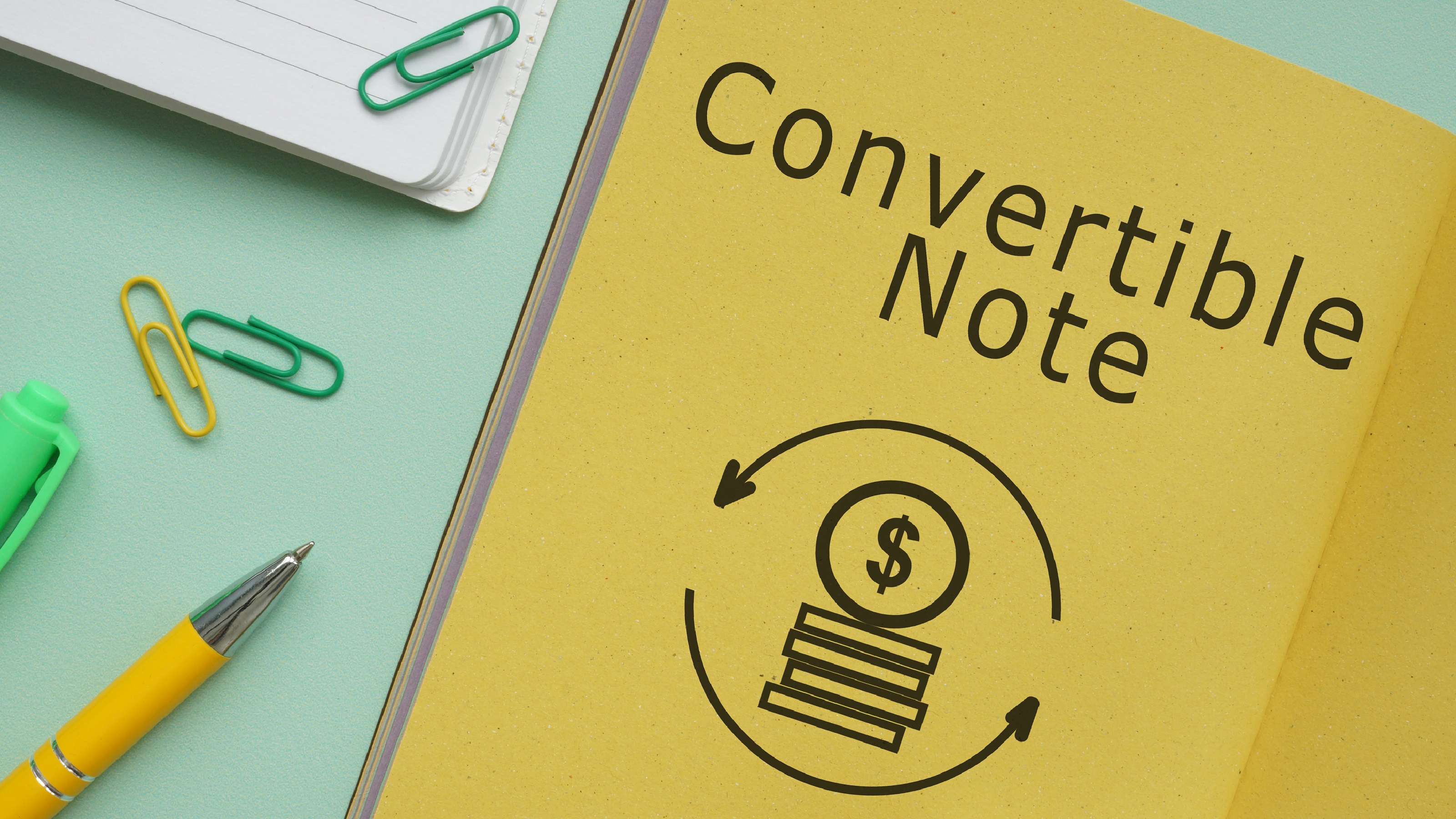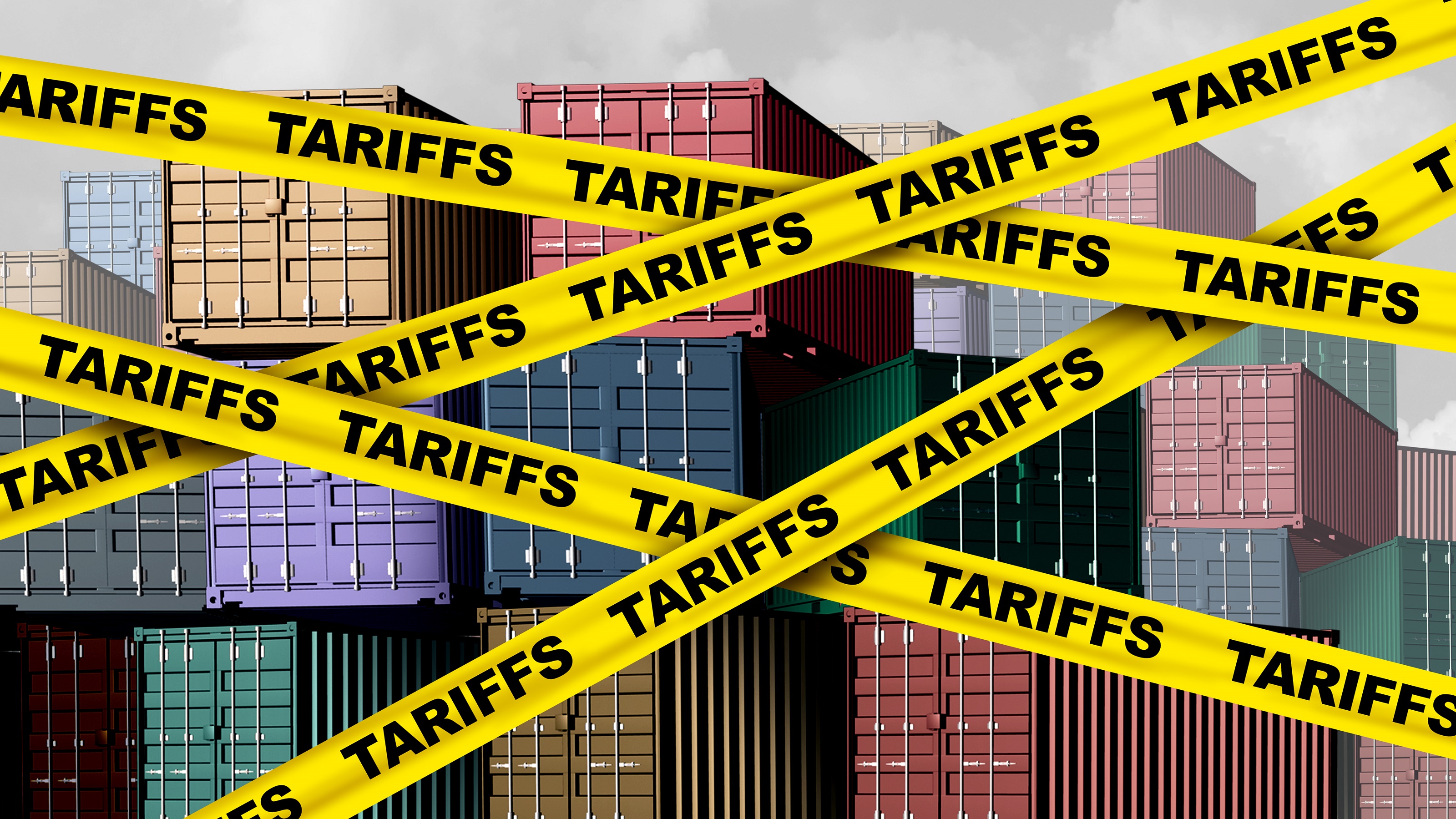Stay on Top of RMD Rule Changes for 2020
Between the SECURE Act and the CARES Act, the landscape has changed for RMDs this year. You don’t need to take one, for instance. And if you already have, you can probably undo it.


Two recently enacted laws, the Setting Every Community up for Retirement Enhancement (SECURE) Act and the Coronavirus Aid, Relief, and Economic Security (CARES) Act, included provisions that affected required minimum distributions (RMDs) from workplace retirement plans and individual retirement accounts (IRAs).*
The SECURE Act, passed in late 2019, increased the starting age for RMDs from 70½ to 72 as of Jan. 1, 2020. Then, in March of this year, the CARES Act waived RMDs altogether for the 2020 calendar year. This waiver even includes beneficiaries with inherited accounts, as well as people who turned 70½ in 2019 but waited to take their first distribution until 2020.
Considering the effects of both laws, if you turned age 70½ by the end of 2019, you should resume taking RMDs in 2021. (You won’t have to take a “double” RMD in 2021, just the regularly calculated amount.) If you had not turned age 70½ by the end of 2019, you are not required to take your first RMD until April 1 of the year after you turn age 72.

Sign up for Kiplinger’s Free E-Newsletters
Profit and prosper with the best of expert advice on investing, taxes, retirement, personal finance and more - straight to your e-mail.
Profit and prosper with the best of expert advice - straight to your e-mail.
As a result of the 2020 RMD waiver, retirees may have questions about what to do in 2020. Here are some answers for you.
Should I take advantage of the 2020 RMD waiver?
By “taking advantage” of the waiver, we mean taking less out of your retirement accounts than what your RMD amount would have been. If you’re like many people, you may rely on these distributions for your living expenses and can continue to take money out of your accounts as usual.
But if you don’t need that full amount to cover your costs, the waiver gives you flexibility. Forgoing unneeded distributions would lower your taxable income for 2020. Doing so could also help you avoid having to sell investments that have decreased in value due to the downturn.
Delaying distributions may sound like a good idea, but you should also consider the long-term effects. By not taking distributions, you won’t reduce your retirement account balance this year. This could potentially increase the amount of your future RMDs. Keep in mind that your RMD amount is based on your balance on Dec. 31 of the previous year and your life expectancy, so a higher percentage is required as you get older. The combination of the potentially higher balance and the higher withdrawal percentage may bump you into a higher tax bracket and/or trigger higher Medicare premiums in future years.
With this in mind, you might consider a middle-ground approach. That could mean taking a distribution this year but limiting it to an amount that won’t move you into a higher tax bracket or trigger higher Medicare premiums.
What if I’ve already taken an RMD in 2020?
The IRS issued guidance about this topic on June 23. As a result, distributions taken in 2020 that would have been considered RMDs (if not for the CARES Act or SECURE Act) can be rolled back or repaid to an eligible retirement account. Repaying the distribution back to your account in 2020 will mean you don’t have to include the amount in your 2020 federal income tax return. The new guidance extends the deadline for certain rollovers until the later of 60 days from the distribution or Aug. 31. Note that you may be permitted to make an indirect rollover to a workplace retirement plan, but only if the particular plan is set up to accept indirect rollovers.
The latest IRS guidance addresses several concerns expressed by investors. First, it now applies to any distributions that would have been RMDs in 2020, not just those after Feb. 1. The guidance allows a rollover of distributions taken by people turning 70½ in 2020, which would have been RMDs prior to the SECURE Act. Rollovers of 2020 RMDs are now even available for non-spouse beneficiaries of IRAs, as long as the repayment is made back to the distributing IRA by Aug. 31, 2020. If the repayment is made directly back to the distributing IRA, the repayment will not count against the limitation of one rollover per 12 months. That’s helpful for people who may have already completed a rollover in the last 12-months.
Should market conditions affect my decisions?
If you need retirement account distributions for living expenses, you could consider the market environment in terms of what investments to draw from. Current conditions could also inform your decision on when to take money out, but remember that it is hard to time the market.
If you don’t need money from distributions to meet your expenses, the market environment probably isn’t as critical. Suppose you take the “middle ground” approach of taking a reduced distribution in 2020 for long-term tax-planning purposes. In this situation, you could invest those proceeds into a taxable account — in something similar or identical to the investments you used in the retirement account, if you wish. By maintaining a similar investment mix, you minimize the importance of market conditions over the course of the year.
Did the market downturn and RMD waiver make Roth conversions a strategy to consider in 2020?
If you don’t rely on RMDs to cover your expenses, you might consider a Roth conversion. With that strategy, you’d pay taxes on the conversion now, but qualified distributions taken from the Roth IRA later are tax-free. This would tend to make sense if you’re in a relatively low tax bracket now, but you or your beneficiaries may face higher tax rates later.
There have been three developments in recent years that may make Roth conversions appealing this year.
- First, federal tax rates were generally reduced starting in 2018, but they are scheduled to revert to higher rates after 2025.
- Second, due to the passing of the SECURE Act, beneficiaries of retirement accounts now generally need to withdraw all of the funds within 10 years, with some exceptions. This can increase a beneficiary’s tax rate, which makes inheriting Roth assets appealing.
- And third, to the extent that RMD payments would have put you in a higher tax bracket, the waiver of RMDs in 2020 may enable partial conversions at lower tax rates this year.
In addition to these regulatory factors, market conditions can affect whether a Roth conversion makes sense. If you believe the markets are low and poised for growth, that should make you more inclined to make a Roth conversion. But again, remember that it is hard to time the market.
Do qualified charitable distributions make sense in a year without RMDs?
With a qualified charitable distribution (QCD), those age 70½ or older can distribute up to $100,000 directly from a traditional IRA to a qualified charity each year. QCDs can count toward your RMD and won’t be included in your taxable income. In this case, though, they can’t be counted as itemized deductions.
Ordinarily, that’s a nice strategy for charitably minded people, especially for those who don’t normally itemize deductions. In 2020, with RMDs waived, you could still execute a QCD. However, your taxable income wouldn’t be any lower than if you had just opted not to take a distribution. A QCD this year would, however, reduce your account balance, and therefore future RMDs for you and your beneficiaries.
The most tax-effective way to be charitable will depend on your circumstances. You may be better off contributing outside of retirement accounts, so that you may itemize deductions. Donating appreciated investments from a taxable account is often a tax-efficient strategy.
All things considered, not having to take large distributions from your retirement accounts for spending is an enviable position in 2020. Consider talking to a tax professional to make the most of the situation. That can give you more ability to help out family, your community, or charities that matter to you in these difficult times.
* Original owners of Roth IRAs do not need to take RMDs.
Disclaimer
This material has been prepared for general and educational purposes only. This material does not provide recommendations concerning investments, investment strategies or account types. It is not individualized to the needs of any specific investor and not intended to suggest any particular investment action is appropriate for you nor is it intended to serve as the primary basis for investment decision-making. T. Rowe Price, its affiliates, and its associates do not provide legal or tax advice. Any tax-related discussion contained in this material, including any attachments/links, is not intended or written to be used, and cannot be used, for the purpose of (i) avoiding any tax penalties or (ii) promoting, marketing or recommending to any other party any transaction or matter addressed herein. Please consult your independent legal counsel and/or professional tax adviser regarding any legal or tax issues raised in this material.
Get Kiplinger Today newsletter — free
Profit and prosper with the best of Kiplinger's advice on investing, taxes, retirement, personal finance and much more. Delivered daily. Enter your email in the box and click Sign Me Up.

Roger Young is Vice President and senior financial planner with T. Rowe Price Associates in Owings Mills, Md. Roger draws upon his previous experience as a financial adviser to share practical insights on retirement and personal finance topics of interest to individuals and advisers. He has master's degrees from Carnegie Mellon University and the University of Maryland, as well as a BBA in accounting from Loyola College (Md.).
-
 Bouncing Back: New Tunes for Millennials Trying to Make It
Bouncing Back: New Tunes for Millennials Trying to Make ItAdele's mournful melodies kick off this generation's financial playlist, but with the right plan, Millennials can finish strong.
By Alvina Lo
-
 Early-Stage Startup Deals: How Do Convertible Notes Work?
Early-Stage Startup Deals: How Do Convertible Notes Work?Some angel investors support early startups by providing a loan in exchange for a convertible note, which includes annual interest and a maturity date.
By Murat Abdrakhmanov
-
 Bouncing Back: New Tunes for Millennials Trying to Make It
Bouncing Back: New Tunes for Millennials Trying to Make ItAdele's mournful melodies kick off this generation's financial playlist, but with the right plan, Millennials can finish strong.
By Alvina Lo
-
 Early-Stage Startup Deals: How Do Convertible Notes Work?
Early-Stage Startup Deals: How Do Convertible Notes Work?Some angel investors support early startups by providing a loan in exchange for a convertible note, which includes annual interest and a maturity date.
By Murat Abdrakhmanov
-
 SRI Redefined: Going Beyond Socially Responsible Investing
SRI Redefined: Going Beyond Socially Responsible InvestingNow that climate change has progressed to a changed climate, sustainable investing needs to evolve to address new demands of resilience and innovation.
By Peter Krull, CSRIC®
-
 Here's When a Lack of Credit Card Debt Can Cause You Problems
Here's When a Lack of Credit Card Debt Can Cause You ProblemsUsually, getting a new credit card can be difficult if you have too much card debt, but this bank customer ran into an issue because he had no debt at all.
By H. Dennis Beaver, Esq.
-
 Going to College? How to Navigate the Financial Planning
Going to College? How to Navigate the Financial PlanningCollege decisions this year seem even more complex than usual, including determining whether a school is a 'financial fit.' Here's how to find your way.
By Chris Ebeling
-
 Financial Steps After a Loved One's Alzheimer's Diagnosis
Financial Steps After a Loved One's Alzheimer's DiagnosisIt's important to move fast on legal safeguards, estate planning and more while your loved one still has the capacity to make decisions.
By Thomas C. West, CLU®, ChFC®, AIF®
-
 How Soon Can You Walk Away After Selling Your Business?
How Soon Can You Walk Away After Selling Your Business?You may earn more money from the sale of your business if you stay to help with the transition to new management. The question is, do you need to?
By Evan T. Beach, CFP®, AWMA®
-
 Two Don'ts and Four Dos During Trump's Trade War
Two Don'ts and Four Dos During Trump's Trade WarThe financial rules have changed now that tariffs have disrupted the markets and created economic uncertainty. What can you do? (And what shouldn't you do?)
By Maggie Kulyk, CRPC®, CSRIC™